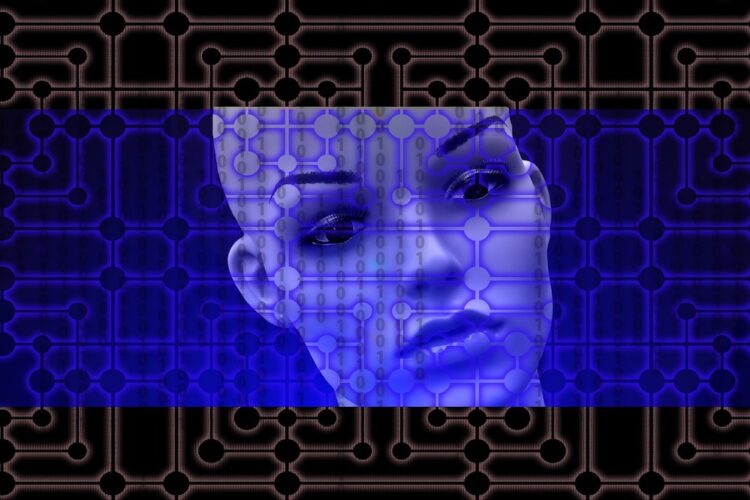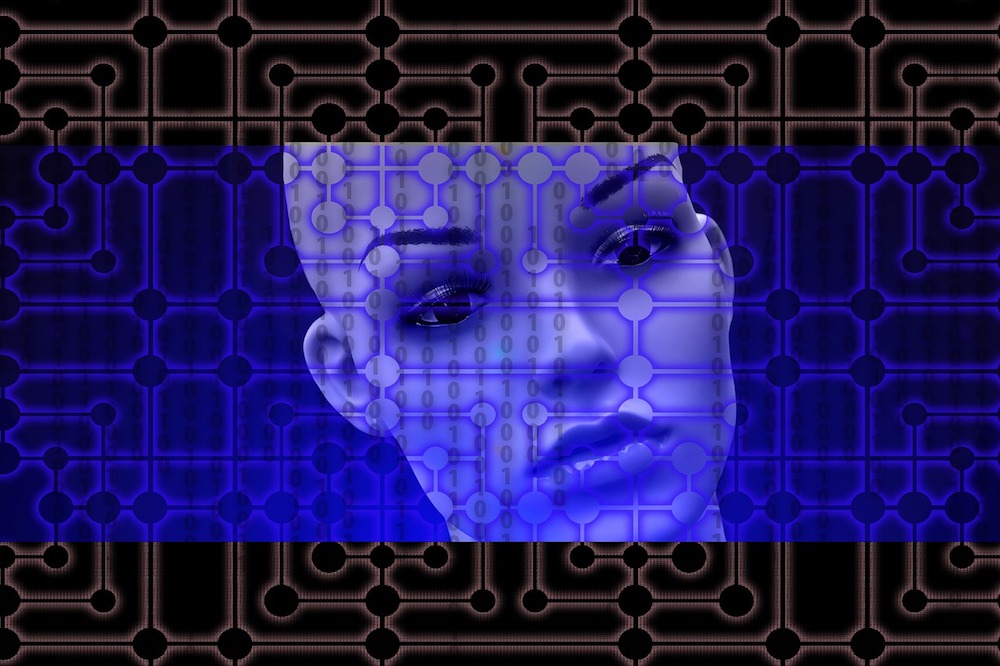Members of every culture adorn their bodies with artifacts like clothing and jewelry, and change these out to suit their moods or social demands. But today, we don’t just put things on; we put things in. Permanent tattoos, breast, lip, buttock and cheek implants, artificial hips, knees and prostheses, pacemakers, and embedded computer chips obliterate the traditional boundary between what we’re born with and what we own. The body is morphing into a product delivery platform. In a very real sense, we are what we own and we own what we are. The wall between our physical bodies and our possessions has never been more tenuous.
As AI (artificial intelligence) tech advances, many of us are thinking a lot more about a fundamental question that sci-fi writers have grappled with for decades: What makes us human – and what separates a person from a machine? Way back in 1942, Isaac Asimov used a short story to introduce his classic Laws of Robotics:
- A robot may not injure a human being or, through inaction, allow a human being to come to harm.
- A robot must obey the orders given to it by human beings, except where such orders would conflict with the First Law.
- A robot must protect its own existence as long as such protection does not conflict with the First or Second Law.
Today, the question of what makes us human is much less theoretical. Self-driving cars threaten to replace truck drivers. IBM’s Watson beats chess masters and veteran Jeopardy game show contestants. Movies and TV shows like Blade Runner, Westworld, and Humans that focus on the civil rights of synths, replicants and androids are center stage in popular culture. Alexa and Siri are our new guardian angels. Where does the person stop and the machine start?
The fusion between the physical body and technology leads some analysts to compare the modern consumer to a cyborg. For sci-fi buffs, this term evokes the Cylons in the TV series Battlestar Galactica. More generally it refers to a person who lives a technologically enhanced existence, and who often possesses special abilities because she or he is linked to other parts of a larger system (like the Internet, perhaps).
So, where could the merger of body and tech lead us? In the short term, perhaps prurient interests will lead the way. Already several companies are working on sexbots that combine the physical realism of silicon dolls with the AI functionality that (ostensibly) allows the user to maintain an actual relationship with his or her special android.
The Harmony app (not to be confused with the eHarmony dating site, I assume) allows the user to customize an avatar for intimate conversations. But that’s only the beginning: The Realbotix company, which makes Realdoll silicon sex toys, makes this claim: “…the obvious next step in Realdoll evolution is integrating movement with the addition of robotic components…. the first animatronic Realdoll head, feature [es] neck articulation and facial expression, moving eyes, and the ability to lip sync with spoken audio.” Presumably the human and the bot will enjoy an e-cigarette afterward.
For the longer term (and the more cerebral among us), we have the Singularity movement, which Ray Kurzweil (a prominent proponent) describes as “… a future period during which the pace of technological change will be so rapid, its impact so deep, that human life will be irreversibly transformed. Although neither utopian nor dystopian, this epoch will transform the concepts that we rely on to give meaning to our lives, from our business models to the cycle of human life, including death itself.”
Adherents of The Singularity believe that we are headed toward a new era, where human intelligence will merge with computer intelligence to create a man/machine hybrid civilization. They predict that the wall separating Humans vs. Computers will fall, perhaps even in our lifetimes.
We’re far from there now, but it’s hard to ignore the steady advance of work on the Internet of Things (IoT). The IoT looks to be a tidal wave that will soon wash over many industry verticals. A person with a heart monitor implant, a farm animal with a biochip transponder, a smart thermostat that adjusts the temperature in a home and even raises and lowers the blinds to maintain equilibrium or an automobile that has built-in sensors to alert the driver when tire pressure is low. All are plugged into the growing IoT. It’s all coming, and coming soon.
And thus, we steadily merge with the Internet of Things. The wall between body and possessions already is low. Soon it may be history.



